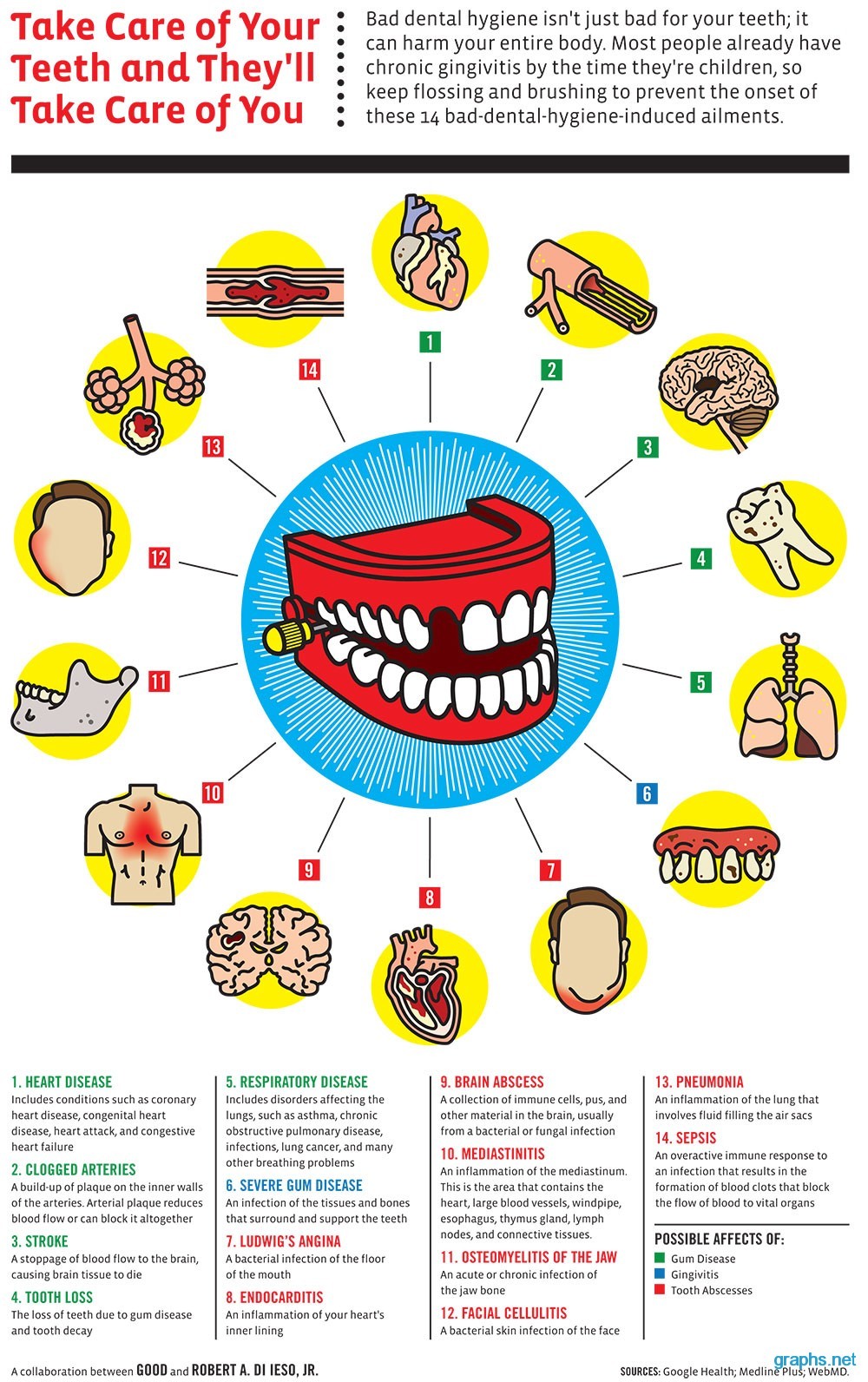Discover The Transformative Developments That Are Reshaping Oral Surgery. Look Into The Future Of This Self-Control And Maintain A Competitive Edge. Click Now To Acquire Insight Into What Lies Ahead
Discover The Transformative Developments That Are Reshaping Oral Surgery. Look Into The Future Of This Self-Control And Maintain A Competitive Edge. Click Now To Acquire Insight Into What Lies Ahead
Blog Article
Posted By-Reeves Guerra
Welcome to the globe of oral surgery, where advancements and advancements are shaping the future of the area! In this interesting world, you'll witness the transformative power of robotics, the innovative marvel of 3D printing, and the game-changing impact of minimally intrusive strategies.
The future of oral surgery holds a guarantee of precision, efficiency, and enhanced patient outcomes. With the help of advanced robotics, specialists have the ability to carry out complicated treatments with higher precision and control.
3D printing innovation is revolutionizing the development of oral implants and prosthetics, supplying customized services that fit effortlessly into each individual's unique composition.
In addition, minimally intrusive strategies are lowering post-operative discomfort and recuperation time, enabling clients to return to their every day lives quicker.
Prepare to explore the interesting innovations and breakthroughs that are reshaping the landscape of oral surgery!
Developments in Robotics
One significant innovation in dental surgery is making use of robotic technology, which allows for exact and efficient operations. With the help of robotic systems, dental surgeons have the capability to carry out complex surgeries with enhanced precision, minimizing the threat of human mistake.
These robotic systems are equipped with advanced imaging technology and precise instruments that make it possible for surgeons to browse via intricate anatomical structures effortlessly. By using robot innovation, surgeons can attain better surgical accuracy, resulting in improved client outcomes and faster healing times.
In https://www.verywellhealth.com/sinus-lift-5268022 , using robotics in oral surgery permits minimally invasive procedures, lowering the trauma to surrounding tissues and advertising faster recovery.
3D Printing in Oral Surgery
To boost the field of oral surgery, you can discover the subtopic of 3D printing in oral surgery. This innovative modern technology has the possible to change the way dental specialists operate and deal with people. Below are invisible teeth braces in which 3D printing is shaping the area:
- ** Personalized Surgical Guides **: 3D printing permits the creation of very exact and patient-specific medical guides, improving the precision and efficiency of treatments.
- ** Implant Prosthetics **: With 3D printing, oral doctors can develop tailored dental implant prosthetics that flawlessly fit a patient's special makeup, causing much better end results and person complete satisfaction.
- ** Bone Grafting **: 3D printing allows the production of patient-specific bone grafts, decreasing the requirement for standard grafting techniques and enhancing healing and recuperation time.
- ** Education and learning and Training **: 3D printing can be made use of to develop sensible medical designs for instructional functions, allowing oral doctors to exercise intricate procedures before doing them on clients.
With its prospective to improve accuracy, modification, and training, 3D printing is an exciting growth in the field of oral surgery.
Minimally Invasive Methods
To better progress the field of oral surgery, accept the potential of minimally invasive strategies that can significantly profit both specialists and individuals alike.
Minimally invasive methods are revolutionizing the area by reducing medical injury, reducing post-operative discomfort, and increasing the recuperation procedure. These strategies entail utilizing smaller sized lacerations and specialized tools to do treatments with accuracy and effectiveness.
By using innovative imaging modern technology, such as cone beam computed tomography (CBCT), cosmetic surgeons can accurately prepare and execute surgical treatments with very little invasiveness.
Furthermore, using lasers in dental surgery allows for specific tissue cutting and coagulation, causing reduced bleeding and lowered recovery time.
With minimally invasive strategies, individuals can experience faster recovery, minimized scarring, and boosted outcomes, making it an important facet of the future of dental surgery.
Conclusion
So, as you can see, the future of dental surgery is extremely appealing, with amazing innovations and breakthroughs shaping the field.
From the improvements in robotics to the use of 3D printing and minimally invasive techniques, dental doctors are reinventing the way they give treatment.
While some may stress over the potential expense connected with these advancements, it is very important to bear in mind that these innovations eventually boost person outcomes and minimize healing time, making them well worth the investment in the future.
